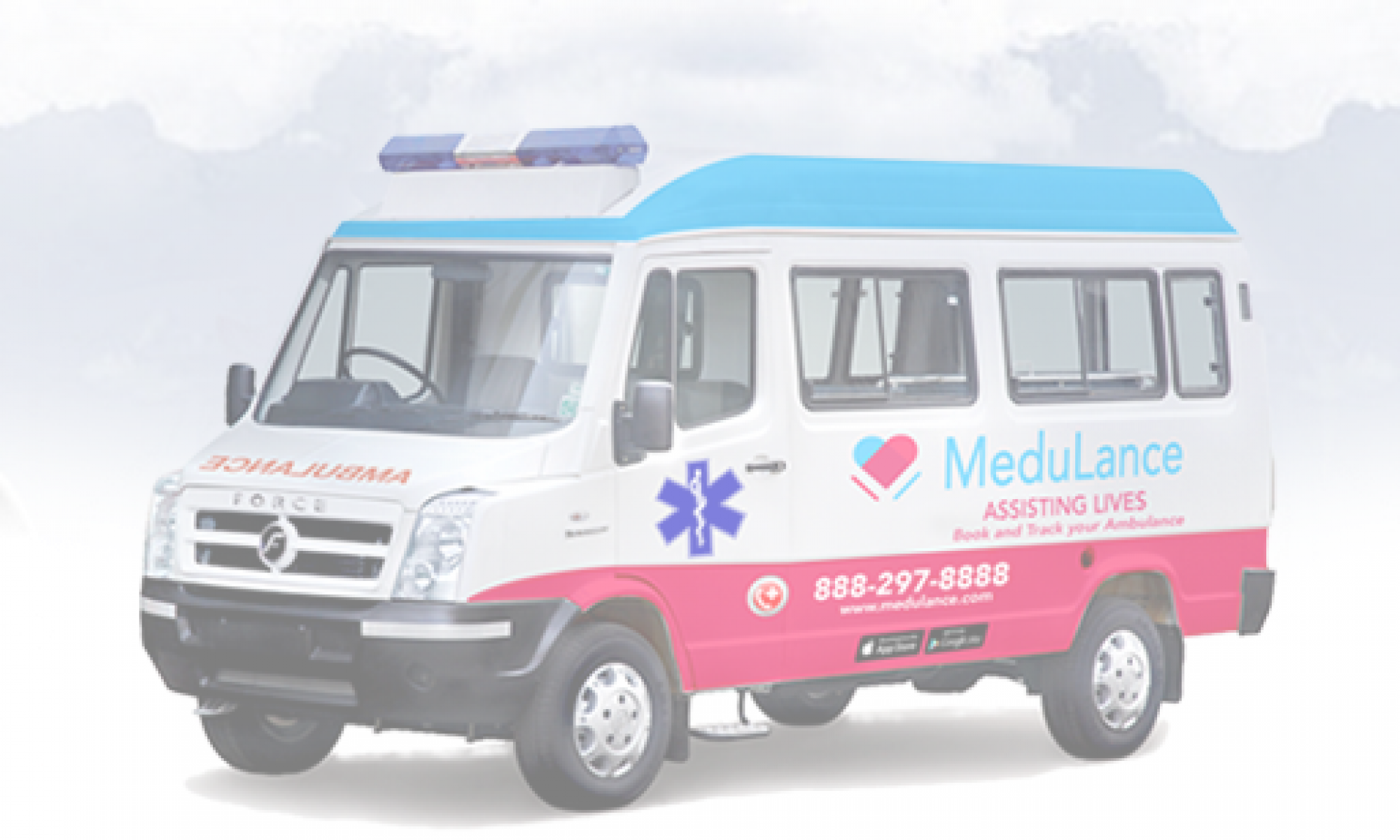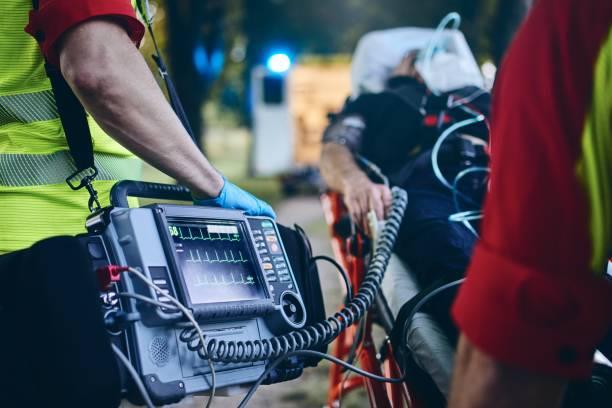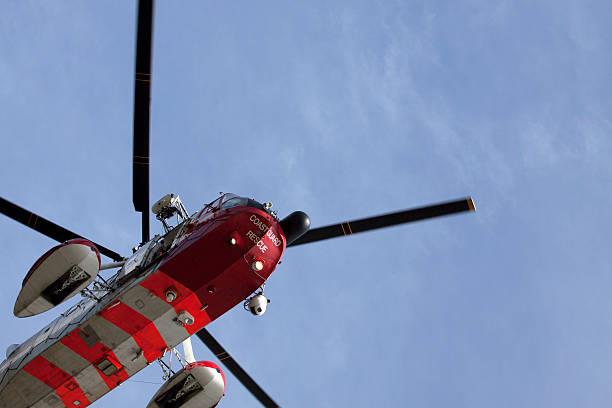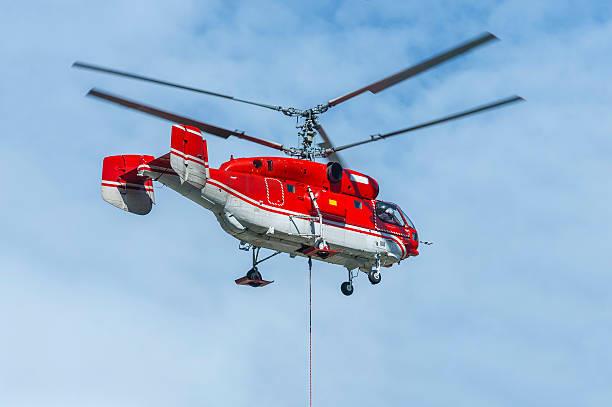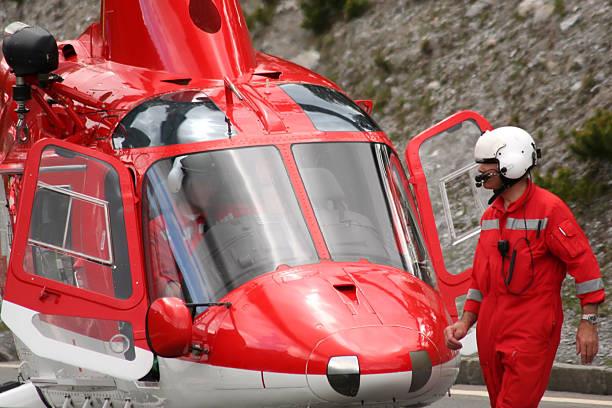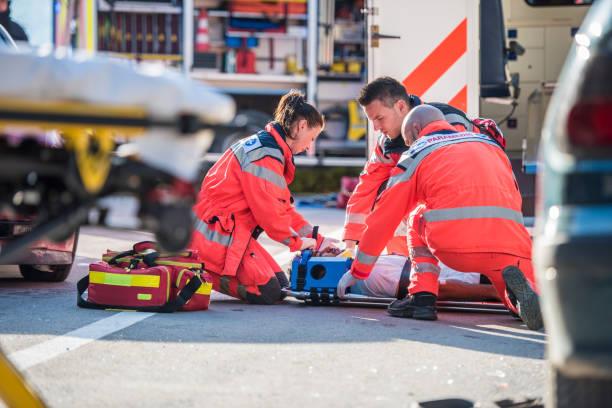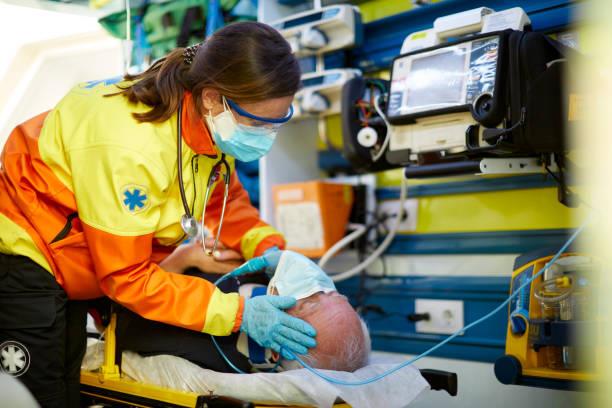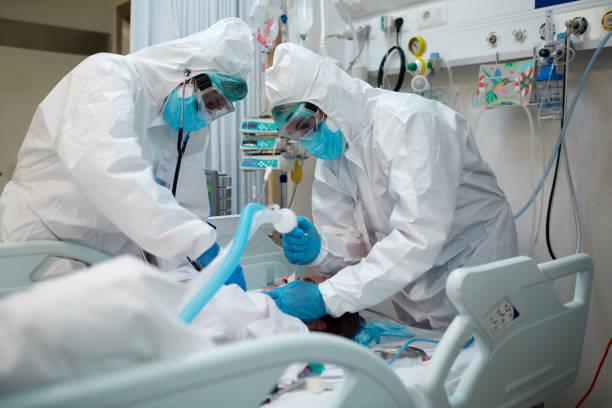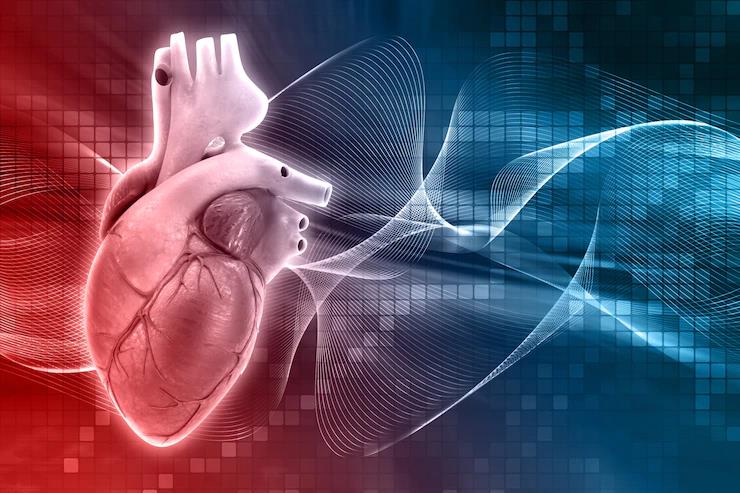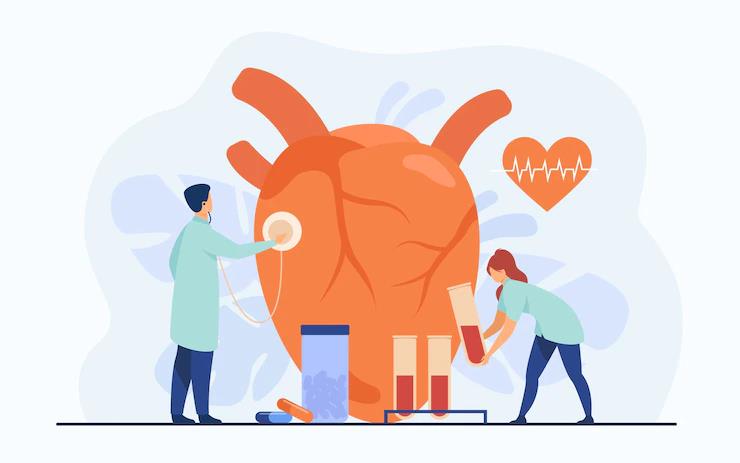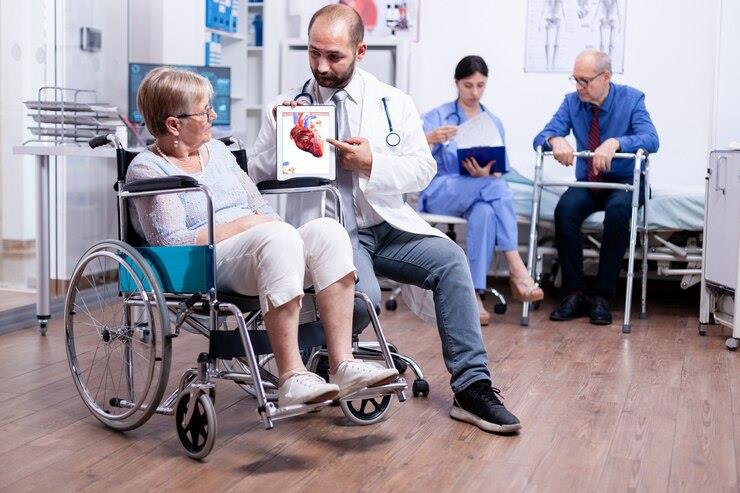Emergency Medical Technicians (EMTs) are trained healthcare professionals providing basic as well as advanced lifesaving procedures and pre-hospital care during an emergency.
They are an integral part of the healthcare system and associated with the emergency response management team of the city, especially the ambulance services and fire-fighting team.
These ambulance technicians are trained-healthcare professionals operating as part of an emergency medical service and provide preliminary care to the patients experiencing a severe injury or illness resulting in an emergency.
They work mobile and reach the emergency spot over a call with an ambulance since they often perform their duties out of an ambulance. EMTs may also act as a liaison between the patient and hospitals to ensure they receive essential treatment at the facility center.
Although EMTs work closely with ambulances services, they should not be mistaken for ambulance drivers or attendants. The government, as well as private ambulance service providers like Medulance have their own team of EMTs working actively in case of an emergency.
Why are EMTs important?
EMTs respond to emergency calls to provide efficient and immediate facility and care at the emergency scene and transport the critically ill or injured person to a nearby medical facility for advanced treatment of the patient. Here are some of the most common medical tasks performed by an EMT at the emergency spot:
- They provide life-saving medical care at the emergency site and transport patients to hospitals where they can receive adequate medical treatment.
- They ensure that patients who’re in a remote or far away place from basic medical facilities receive essential treatment soon in order to survive critical injury or ill-health.
- Mostly, these clinicians work as volunteers at hospitals, and fire departments alongside other trained professionals.
- EMTs act as intermediaries for patients dealing with medical emergencies and hospitals.
Apart from the above-mentioned tasks, EMTs also perform the following functions such as:
- Providing first aid
- Applying splints
- Performing basic airway management treatment
- Conducting basic treatment such as checking pulsation, recording blood pressure, etc.
- Performing CPR (cardiopulmonary resuscitation)
- Using AEDs (automated external defibrillators)
- Supplying basic medications to the patient such as aspirin, glucose, etc.
- Monitoring patient’s vital behavior
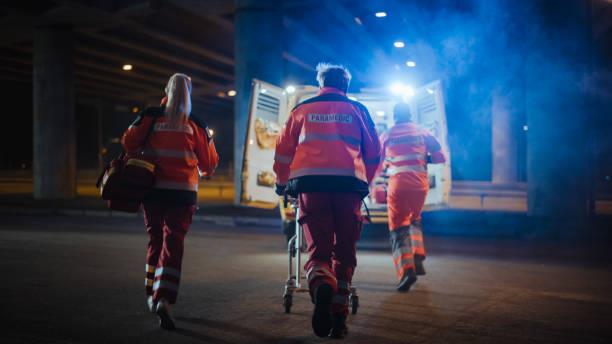
Bottomline:
EMT’s are among those individuals who responsibly save thousands of lives every year by resolving the medical emergency or prolonging a patients life. Companies like Medulance provide advanced mobile medical teams around local neighborhoods with trained medical practitioners such as paramedics, and EMTs to administer professional medical care when it is needed the most. Alongside trained individuals, these ambulances are also stacked with full of life-saving medical equipment.
